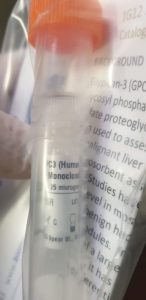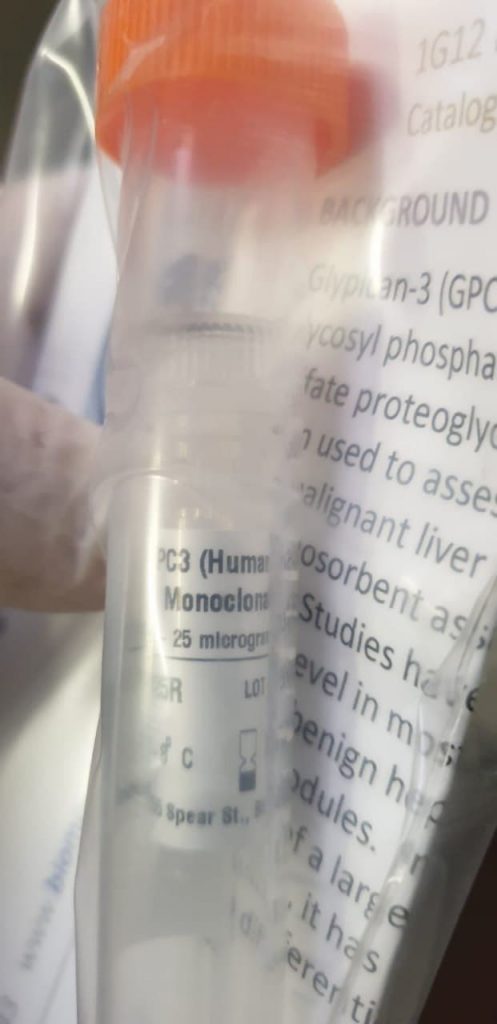Here we report the draft genome sequence of bacterial pressure CR71, consisting of a single chromosome with 5,914,775 base pairs (bp), 34.7% G + C content material, and 5733 protein-coding genes. Phylogenetic evaluation signifies that the CR71 pressure is affiliated with Bacillus thuringiensis species, with an common nucleotide identification > 96% and genome to genome distance > 70%. The genome of B. thuringiensis pressure CR71 accommodates genes doubtlessly concerned in all kinds of each plant pathogen-antagonistic and plant-growth-promoting actions, similar to biofilm manufacturing; acetoin, butanediol, and indoleacetic acid (IAA) synthesis; manufacturing of quorum-sensing molecules; synthesis of toxins and lytic enzymes; and promotion of tolerance to oxidative, metallic, and salt stress.
Additionally, antiSMASH evaluation revealed a possible synthesis of siderophores and peptide antibiotics. To affirm the in silico information, pressure CR71 was inoculated into cucumber vegetation (Cucumis sativus L.) in a field trial, in which we noticed an enhance in stem thickness, in addition to shoot recent weight and size. Importantly, in comparison with un-inoculated management vegetation, vegetation inoculated with pressure CR71 elevated the scale/weight ratio of cucumber fruits (34.99%), biovolume index (16.8%), and complete fruit yield (34.97%).
In conclusion, genome evaluation of pressure CR71 confirmed multifactorial plant-beneficial mechanisms and the potential of CR71 as an agricultural bio-inoculant. Sphingomonas sp. Cra20 is a rhizobacteria remoted from the foundation floor of Leontopodium leontopodioides in the Tianshan Mountains of China and was discovered to affect root system structure. We analyzed its potential for plant-growth promotion and the molecular mechanism concerned by combining the physiological and genome info. The outcomes indicated that the bacterium enhanced the drought resistance of Arabidopsis thaliana and promoted growth primarily via the strain-released unstable natural compounds.
The genome consisted of one round chromosome and one round plasmid, containing a collection of genes associated to the plant-growth promotion. Furthermore, a number of copies of cold-associated genes, normal stress response genes, oxidative stress genes and DNA restore mechanisms supported its survivability in excessive environments. In addition, the pressure had the flexibility to degrade xylene and 2, 4-D by way of a spread of monooxygenases and dioxygenases. This offers additional info and will promote the appliance of Cra20 as a biofertilizer in agriculture.
Draft Genome Sequence of Pseudarthrobacter phenanthrenivorans Strain MHSD1, a Bacterial Endophyte Isolated From the Medicinal Plant Pellaea calomelanos.
Pseudarthrobacter phenanthrenivorans pressure MHSD1 is a bacterial endophyte remoted from sterilized leaves of Pellaea calomelanos, a medicinal plant succesful of rising in arid environments. Here, we report the draft genome sequence and annotation of this bacterial endophyte. The draft genome sequence of P. phenanthrenivorans pressure MHSD1 has 4 450 468 bp with a G + C content material of 65.30%. The National Center for Biotechnology Information Prokaryotic Genome Annotation Pipeline recognized a complete of 4004 protein-coding genes, 56 genes coding for RNAs, and 82 pseudogenes.
Biosynthesis pathways for varied phytohormones similar to auxin, salicylic acid, ethylene, cytokinin, jasmonic acid, abscisic acid, and gibberellins had been recognized. Putative genes concerned in varied traits of bacterial endophyte life-style similar to transport, motility, adhesion, membrane proteins, secretion and supply programs, plant cell wall modification, and cleansing had been recognized. Phylogenomic evaluation confirmed P. phenanthrenivorans pressure MHSD1 to be a subspecies of P. phenanthrenivorans Sphe3.

Performance of Mapping Approaches for Whole-Genome Bisulfite Sequencing Data in Crop Plants.
DNA methylation is concerned in many various organic processes in the event and well-being of crop vegetation similar to transposon activation, heterosis, environment-dependent transcriptome plasticity, ageing, and many ailments. Whole-genome bisulfite sequencing is an glorious expertise for detecting and quantifying DNA methylation patterns in all kinds of species, however optimized information evaluation pipelines exist just for a small quantity of species and are lacking for a lot of vital crop vegetation. This is very vital as most current benchmark research have been carried out on mammals with hardly any repetitive components and with out CHG and CHH methylation.
Pipelines for the evaluation of whole-genome bisulfite sequencing information normally consists of 4 steps: learn trimming, learn mapping, quantification of methylation ranges, and prediction of differentially methylated areas (DMRs). Here we deal with learn mapping, which is difficult as a result of un-methylated cytosines are reworked to uracil throughout bisulfite therapy and to thymine throughout the subsequent polymerase chain response, and learn mappers have to be succesful of coping with this cytosine/thymine polymorphism. Several learn mappers have been developed during the last years, with completely different strengths and weaknesses, however their performances haven’t been critically evaluated.
Here, we examine eight learn mappers: Bismark, BismarkBwt2, BSMAP, BS-Seeker2, Bwameth, GEM3, Segemehl, and GSNAP to evaluate the affect of the read-mapping outcomes on the prediction of DMRs. We used simulated information generated from the genomes of Arabidopsis thaliana, Brassica napus, Glycine max, Solanum tuberosum, and Zea mays, monitored the consequences of the bisulfite conversion price, the sequencing error price, the utmost quantity of allowed mismatches, in addition to the genome construction and dimension, and calculated precision, quantity of uniquely mapped reads, distribution of the mapped reads, run time, and reminiscence consumption as options for benchmarking the eight learn mappers talked about above.
[Linking template=”default” type=”products” search=”N-terminal Sequencing – 10 residues” header=”2″ limit=”132″ start=”1″ showCatalogNumber=”true” showSize=”true” showSupplier=”true” showPrice=”true” showDescription=”true” showAdditionalInformation=”true” showImage=”true” showSchemaMarkup=”true” imageWidth=”” imageHeight=””]
Furthermore, we validated our findings utilizing real-world information of Glycine max and confirmed the affect of the mapping step on DMR calling in WGBS pipelines. We discovered that the conversion price had solely a minor affect on the mapping high quality and the quantity of uniquely mapped reads, whereas the error price and the utmost quantity of allowed mismatches had a powerful affect and results in variations of the efficiency of the eight learn mappers. In conclusion, we advocate BSMAP which wants the shortest run time and yields the very best precision, and Bismark which requires the smallest quantity of reminiscence and yields precision and excessive numbers of uniquely mapped reads.

